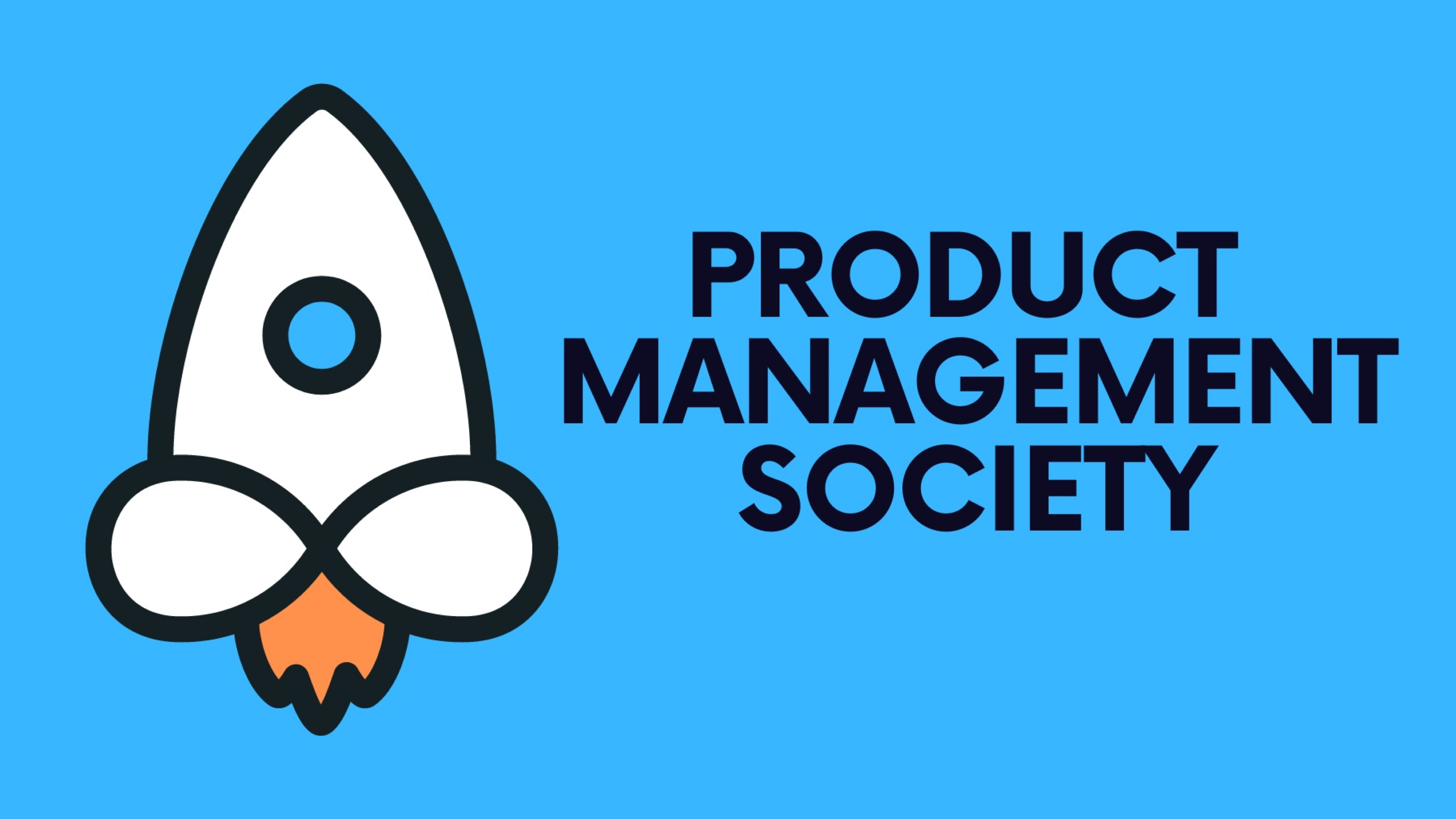With a finite amount of resources and seemingly endless demands, choosing what to focus on can significantly impact a product's success. This article explores various prioritization techniques that can help product managers make informed decisions about where to allocate their efforts for maximum impact.
1. The MoSCoW Method
The MoSCoW method is a popular prioritization technique that categorizes tasks into four buckets:
Thanks for reading Product Management Society! Subscribe for free to receive new weekly posts 🚀
- Must have: Essential features that the product cannot do without.
- Should have: Important features that are not critical but should be included if possible.
- Could have: Nice-to-have features that are not necessary but would be beneficial if resources allow.
- Won’t have (this time): Features that are not a priority for the current development cycle.
Using MoSCoW helps product managers focus on essential functionalities that align with the core objectives of the product.
2. The Kano Model
The Kano Model classifies features based on how they affect customer satisfaction:
- Basic needs: Features that customers expect. Their absence causes dissatisfaction.
- Performance needs: Features that increase customer satisfaction when improved and cause dissatisfaction when performed poorly.
- Delighters: Features that customers do not expect but that significantly increase satisfaction when present.
This model helps product managers understand which features will enhance customer satisfaction and loyalty, allowing them to prioritize developments that maximize impact.
3. RICE Scoring
RICE stands for Reach, Impact, Confidence, and Effort:
- Reach: How many people will this feature affect within a certain timeframe?
- Impact: How much will this feature impact each person it reaches?
- Confidence: How confident are you about your estimates?
- Effort: How many person-months will it take to complete this feature?
Each feature is scored by considering these factors, helping to objectively quantify and compare the potential value of various initiatives.
4. Value vs. Complexity Matrix
This technique involves plotting features on a two-dimensional grid where one axis represents the value to the business or customer, and the other represents the complexity or effort required to implement. Features high in value and low in complexity are prioritized over those low in value and high in complexity. This helps product managers focus on quick wins that can deliver significant benefits.
5. Opportunity Scoring
Opportunity scoring involves evaluating features based on the significance of the customer’s need and satisfaction with current solutions:
- Need: How important is this feature to the customer?
- Satisfaction: How satisfied are customers with the current solutions?
This approach helps prioritize features that address significant unmet needs, thereby offering the greatest opportunity for differentiation and customer value.
6. Buy a Feature
This gamification technique involves giving stakeholders a hypothetical budget and a list of potential features, each priced according to their estimated cost. Stakeholders spend their budget to "buy" features they feel are most valuable. This helps product managers gauge stakeholder preferences and prioritize features that provide the most perceived value.
Conclusion
Prioritization is more art than science, but employing systematic techniques like MoSCoW, the Kano Model, RICE scoring, the Value vs. Complexity Matrix, Opportunity Scoring, and Buy a Feature can provide a structured approach to decision-making. By using these methods, product managers can align their product developments with strategic goals, balance stakeholder needs, and ensure that their team is always working on the most impactful tasks.
Stay tuned for our next article, in which we will delve into product analytics and explore how data can inform and refine the product development process.
If you’re finding this newsletter valuable, consider sharing it with friends, or subscribing if you aren’t already. Also, consider coming to one of our Meetups and following us on LinkedIn ✨
Thanks for reading Product Management Society! Subscribe for free to receive new weekly posts 🚀







